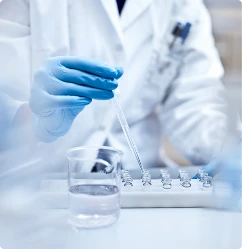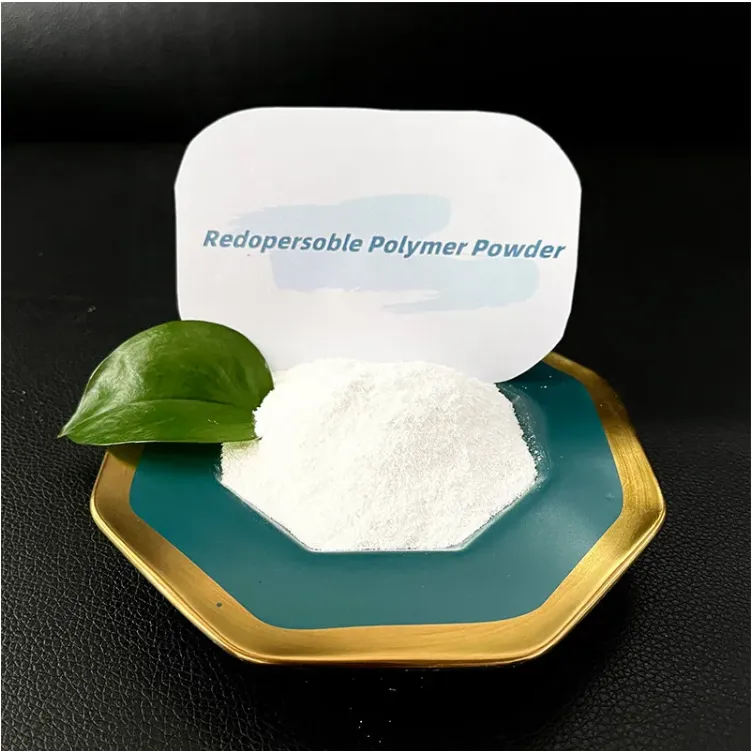
-

Add: HeBei ShengShi HongBang Cellulose Technology CO.,LTD.
-

Email
13180486930@163.com -

CONTACT US
+86 13180486930

Xylem Fiber
ጥር . 16, 2025 04:06
Back to list
Xylem Fiber
Creating the perfect HPMC gel entails a keen understanding of its composition, application, and the intricate processes involved. Hydroxypropyl methylcellulose, commonly known as HPMC, is a versatile material widely used in pharmaceutical and cosmetic products due to its exceptional gelling properties. This article delves into the precise steps required for optimal HPMC gel preparation, offering professional insights that guarantee efficiency and reliability.
To achieve the desired viscosity, the concentration of HPMC in the water must be carefully calibrated. For most applications, a 0.5-2% concentration of HPMC is sufficient to create a gel-like structure, but this can vary depending on specific usage requirements. Conducting a viscosity test with a viscometer can determine if the gel meets the necessary specifications. Adjustments to concentration should be gradual to reach the ideal thickness without compromising the integrity of the mixture. Additional components like preservatives, humectants, or active ingredients can be integrated into the gel to augment its properties. When adding these substances, ensure they are compatible with the HPMC matrix and added after the initial gel formation to maintain structural coherence. Thoroughly mix any additives to ensure uniform distribution throughout the gel. Once the gel is prepared, quality control is vital to validate consistency and performance. Conduct tests to assess the gel's rheological properties, stability under different storage conditions, and resistance to microbial contamination. Implement standard operating procedures to evaluate these parameters, ensuring every batch meets the rigorous standards required for commercial distribution. Documenting every step of the gel preparation process builds trustworthiness, providing a reference for future adjustments and compliance verification. This transparency is crucial for maintaining product consistency across batches and reassuring stakeholders of the product’s reliability and safety. In conclusion, mastering HPMC gel preparation requires a balanced approach, blending scientific precision with practical expertise. By understanding the polymer’s characteristics, adjusting process parameters, and incorporating compatible additives, one can produce a highly effective gel suitable for a variety of applications. Prioritizing quality control and meticulous documentation ensures the final product not only meets client expectations but also sets a benchmark for excellence in the industry.


To achieve the desired viscosity, the concentration of HPMC in the water must be carefully calibrated. For most applications, a 0.5-2% concentration of HPMC is sufficient to create a gel-like structure, but this can vary depending on specific usage requirements. Conducting a viscosity test with a viscometer can determine if the gel meets the necessary specifications. Adjustments to concentration should be gradual to reach the ideal thickness without compromising the integrity of the mixture. Additional components like preservatives, humectants, or active ingredients can be integrated into the gel to augment its properties. When adding these substances, ensure they are compatible with the HPMC matrix and added after the initial gel formation to maintain structural coherence. Thoroughly mix any additives to ensure uniform distribution throughout the gel. Once the gel is prepared, quality control is vital to validate consistency and performance. Conduct tests to assess the gel's rheological properties, stability under different storage conditions, and resistance to microbial contamination. Implement standard operating procedures to evaluate these parameters, ensuring every batch meets the rigorous standards required for commercial distribution. Documenting every step of the gel preparation process builds trustworthiness, providing a reference for future adjustments and compliance verification. This transparency is crucial for maintaining product consistency across batches and reassuring stakeholders of the product’s reliability and safety. In conclusion, mastering HPMC gel preparation requires a balanced approach, blending scientific precision with practical expertise. By understanding the polymer’s characteristics, adjusting process parameters, and incorporating compatible additives, one can produce a highly effective gel suitable for a variety of applications. Prioritizing quality control and meticulous documentation ensures the final product not only meets client expectations but also sets a benchmark for excellence in the industry.
Prev:
Next:
Latest News
-
Why HPMC for Sale Is EssentialNewsJun.05,2025
-
The Role of Retarder in GypsumNewsJun.05,2025
-
Redispersible Emulsion PowderNewsJun.05,2025
-
Fibre Made from Wood PulpNewsJun.05,2025
-
Exploring the Rubber Powder Production LineNewsJun.05,2025
-
Exploring Polyolefin FiberNewsJun.05,2025
-
Re Dispersible Polymer PowderNewsJun.03,2025











